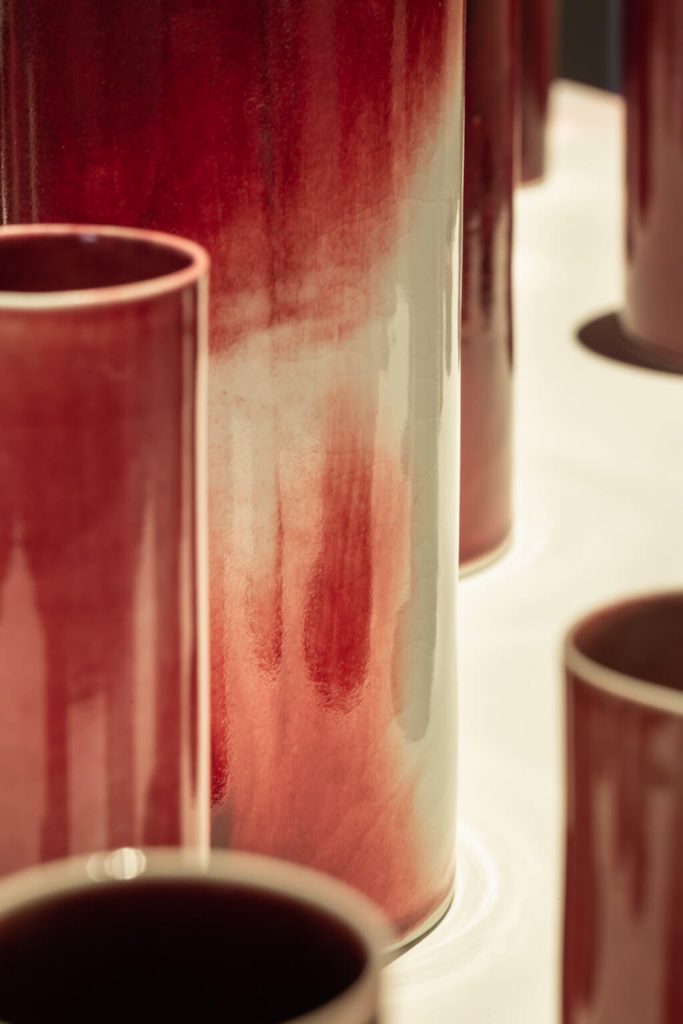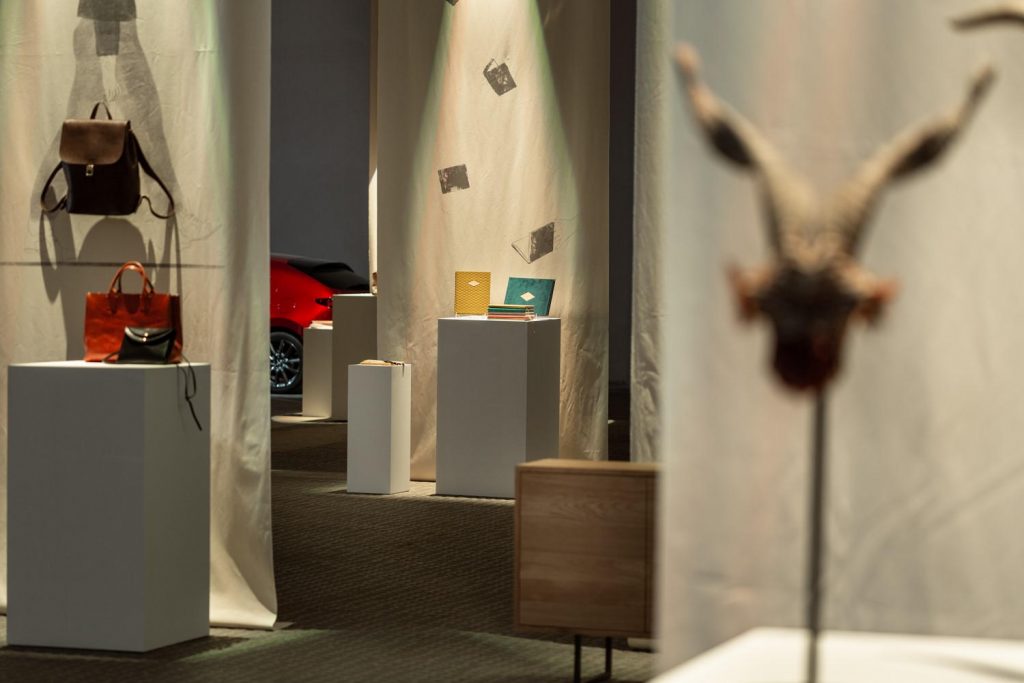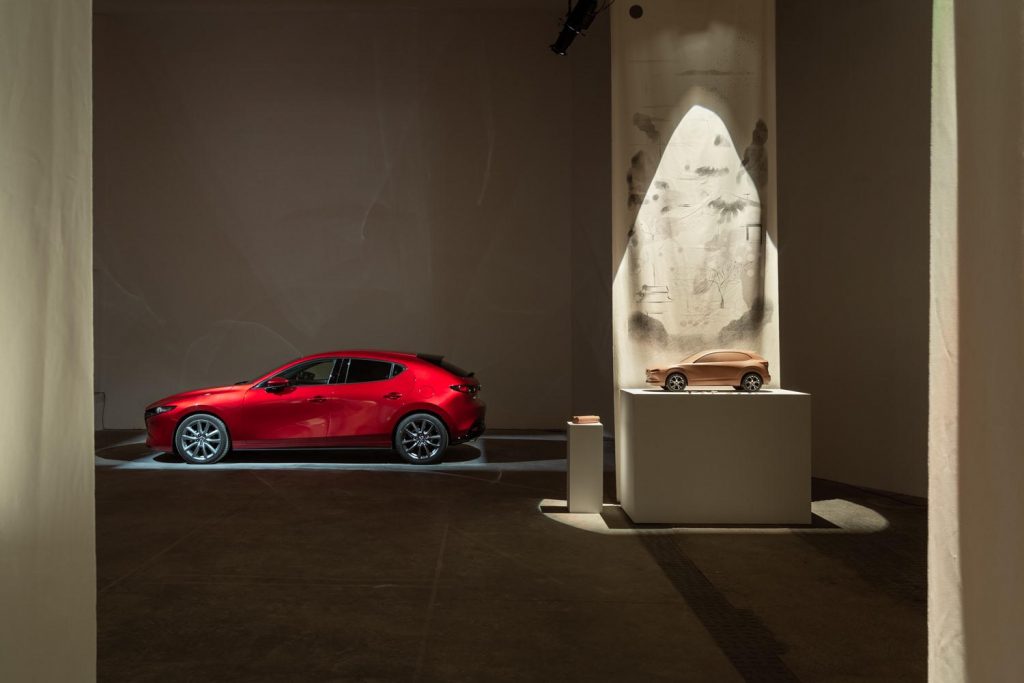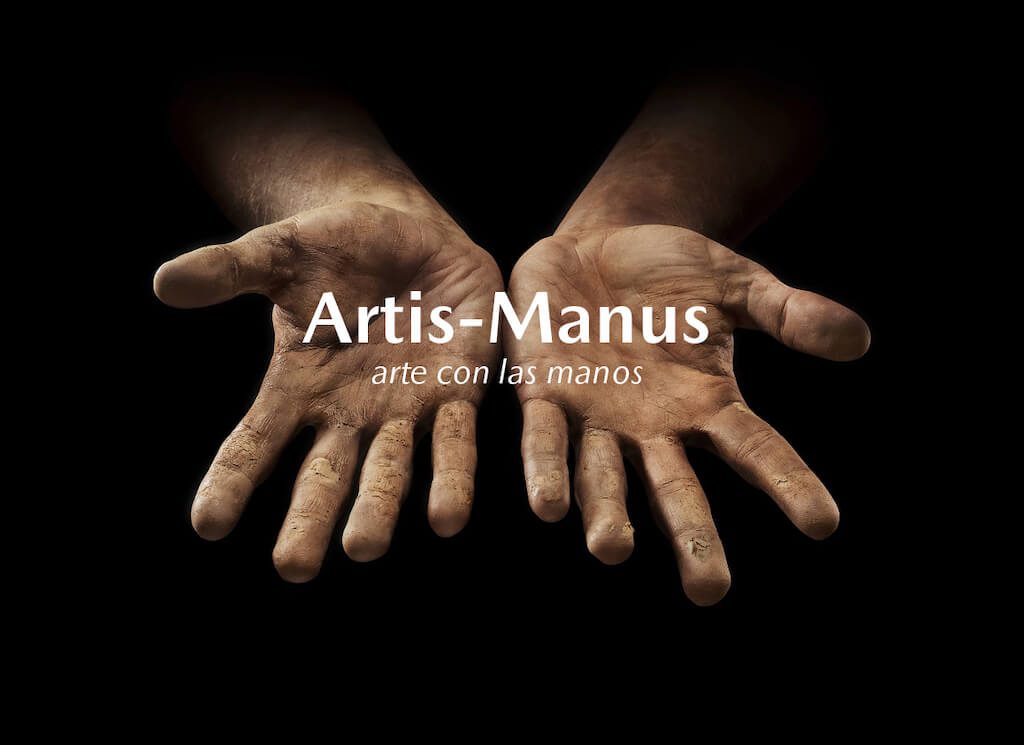 “Handicraft does not want to last for millennia, nor is it in a rush to die soon. It passes with the days, flows with us, it wears down slowly, it does not seek death nor rejects it: it accepts it. Halfway between the endless time of the museum and the frantic pace of technology, handicraft is the heartbeat of human time. It is a useful object but also beautiful; an object that lasts, but it ends and is designed to ending; an object that is not unique such as an artwork and that can be replaced by another similar but not identical object. Handicraft teaches us to die and thus teaches us to live.” stated Octavio Paz in ‘The use and contemplation’.
“Handicraft does not want to last for millennia, nor is it in a rush to die soon. It passes with the days, flows with us, it wears down slowly, it does not seek death nor rejects it: it accepts it. Halfway between the endless time of the museum and the frantic pace of technology, handicraft is the heartbeat of human time. It is a useful object but also beautiful; an object that lasts, but it ends and is designed to ending; an object that is not unique such as an artwork and that can be replaced by another similar but not identical object. Handicraft teaches us to die and thus teaches us to live.” stated Octavio Paz in ‘The use and contemplation’.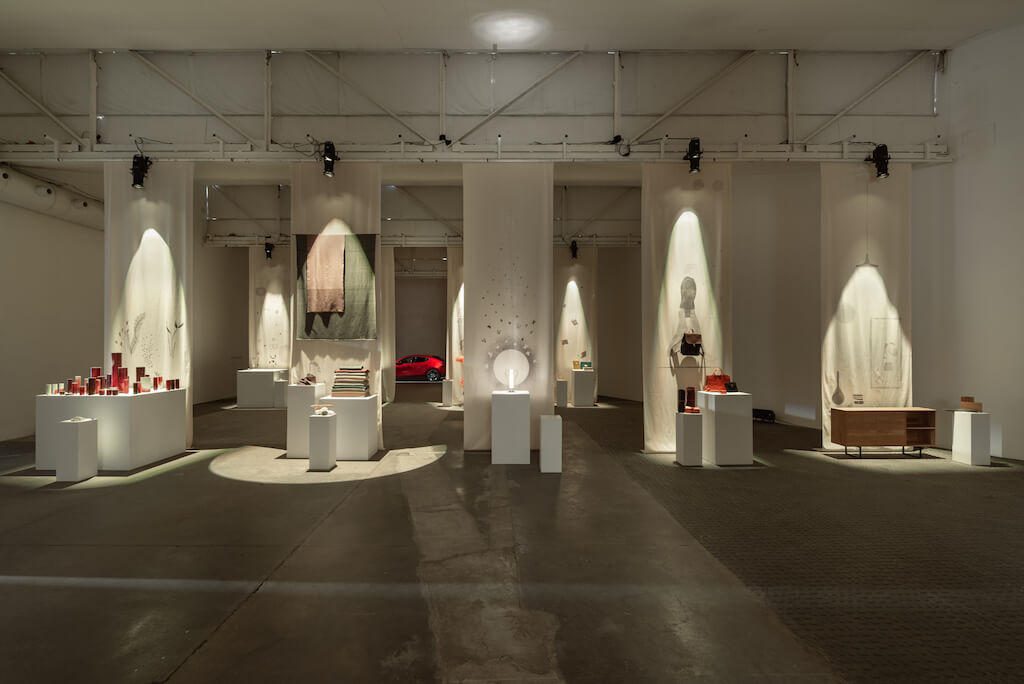
Only with a human touch is it possible to create unique objects that transcend and contain a distinct and exclusive design. This approach is shared by SACo (Society of Contemporary Handicraft) and Mazda, with its Kodo – Soul of Motion design applied to car making.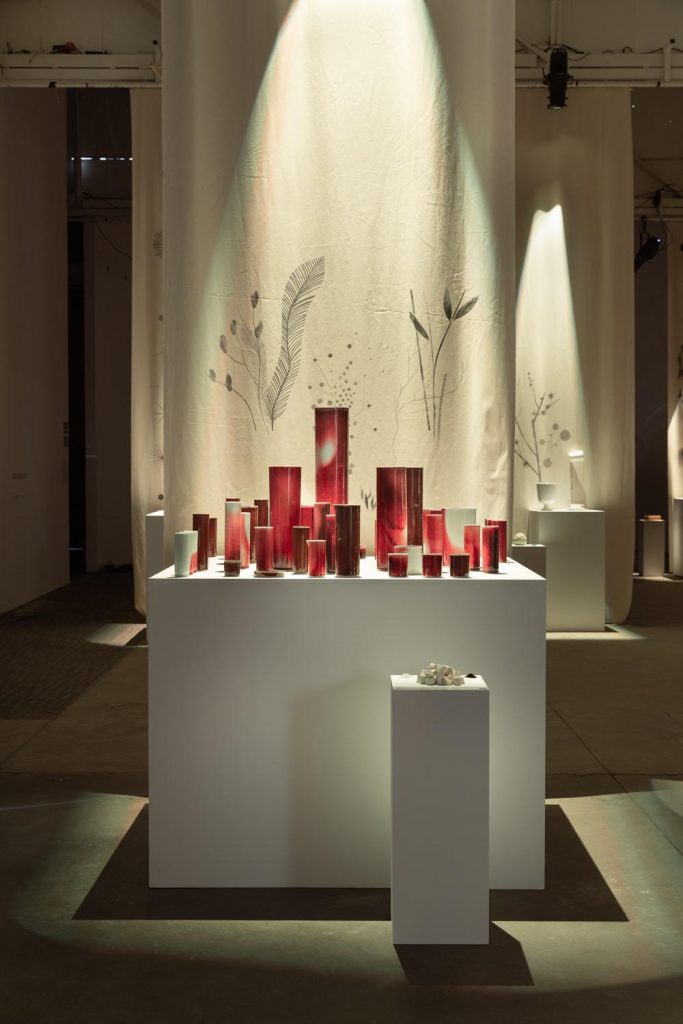
All these are philosophies that Mazda applies in the design of its cars. An exhibition with refined, clean and avant-garde style: raw materials, resulting works and their projection through their functionality.
SACo places value on the recovery of handicraft techniques in Spain, their cultural legacy and application in contemporary design, and it does this through expert craftspeople at the forefront of different disciplines.
‘Artis-Manus’ showed refined pieces created among the other by Alvaro Catalán de Ocón, Mayice, Andreu Carulla, Charo Iglesias, Ábbatte, Fernando Alcalde…
For example, handmade luxury tableware Vajillas de Ultramar, founded by Mariajo Díez and Natalia López, brings together design, tradition and innovation.
Their main objective is to create artisanal pieces that provide a unique sensation so that they create a deliberate imperfect finish. Initially, the design grabs one’s attention, but it is in fact, the texture of their pieces that which captures the clients.
Light crockery in faience – a type of clay –invites one to caress them, to notice the slight imperfections, to feel them.
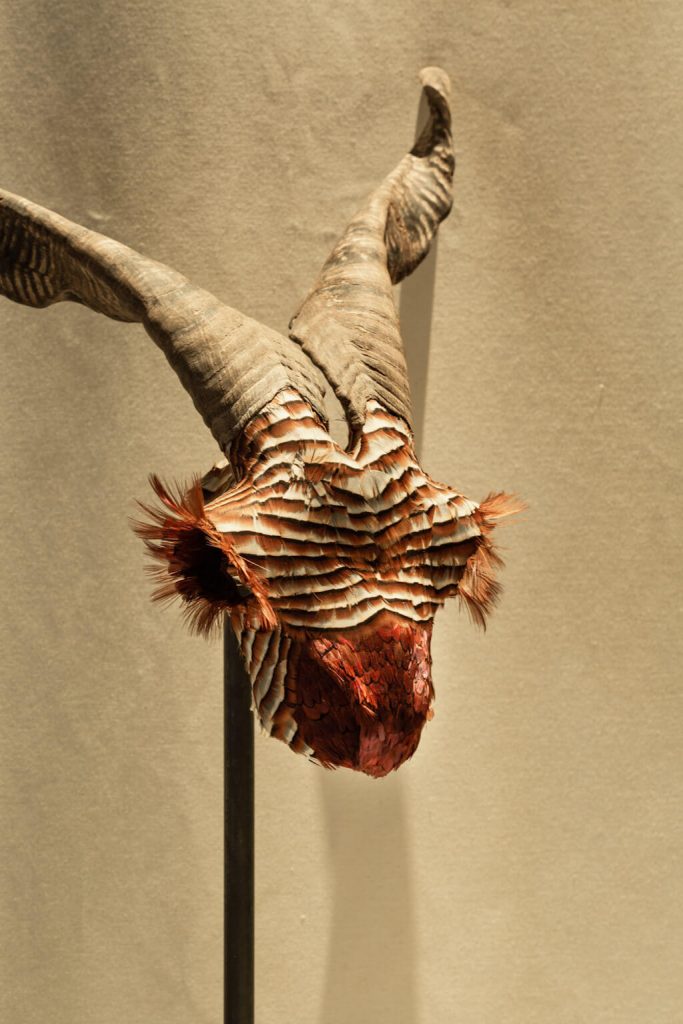
Together with the exhibition, a series of workshops, conferences and round tables debate on the past, present and future of contemporary handicraft showing the work of the different craftspeople, as well as through videos the Mazda design process.

